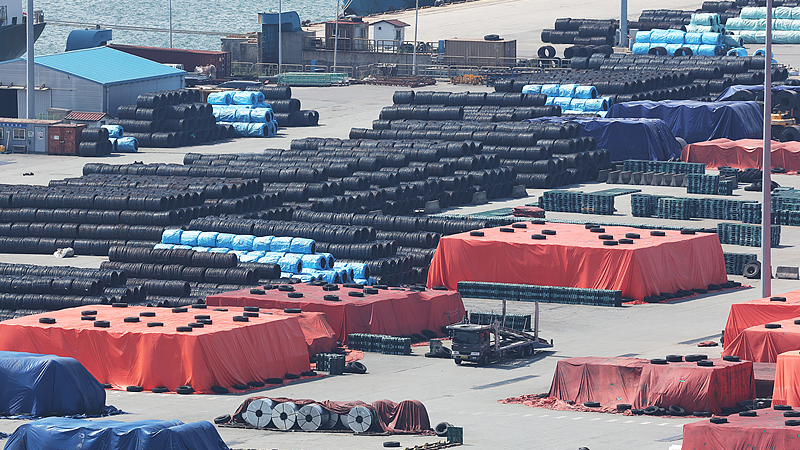American shoppers are feeling the pinch as expanded tariffs on steel and aluminum imports kicked in this week, driving up costs for everyday goods. The Trump-era policy, now doubling levies to 50% and covering hundreds of products from machinery parts to construction materials, has sparked concerns over rising inflation and strained global trade ties.
What’s Changing?
The US Department of Commerce added 407 new product codes to its tariff list Friday, targeting items with steel or aluminum content. This follows earlier measures affecting imports from Mexico, Canada, and the Chinese mainland since February. Over 330 companies worldwide have already adjusted supply chains or raised prices in response, per a Reuters tracker.
Who’s Paying the Price? 💸
Goldman Sachs research reveals US consumers absorbed 22% of tariff costs by June – a figure that could skyrocket to 67% by October if trends continue. Think higher prices for cars, appliances, and even that new bike you’ve been eyeing 🚲.
Why It Matters 🌍
While tariffs aim to protect domestic industries, experts warn they could backfire by fueling inflation and slowing economic recovery. As global trade tensions simmer, young professionals and students worldwide are watching how these policies impact job markets and everyday budgets.
Reference(s):
US consumers bear high costs as expanded tariffs take effect
cgtn.com





